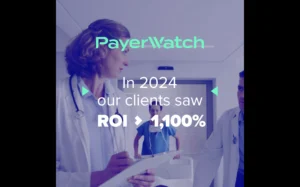The Future: Computers That Use Light, Not Electricity
The last half-century of personal computer design and development has been a continual quest to create a faster and more powerful device. Improvements in hardware have been remarkable, but now computing speed is being limited by the transmission of electricity through the very wires that connect components. That’s why engineers are now developing computers that use light rather than electricity to transmit information. Let’s take a closer look at the future role that light could play in powering computers.
Computing at the Speed of Light
Conventional computers employ electronic circuits that switch on and off to process information via electrons. Data is transmitted to microprocessors and memory storage devices through microscopic wires. However, the laws of physics are now limiting the degree to which these components can be improved. That’s why scientists and engineers are turning to optical computing.
In optical computing, calculations are performed by beams of photons instead of streams of electrons. These light beams interact with each other, guided by optical components such as lenses and beam splitters. Unlike electrons, which must overcome the resistance of flowing through physical circuitry, photons have no mass, allowing them to travel at the speed of light, creating greater efficiency and less heat in the process.
Breakthroughs in Materials Are Helping Make Optical Computing Possible
The available materials have limited progress in optical computing; however, a number of breakthroughs in recent years have opened new possibilities. Scientists have recently found a way to modify a type of glass called chalcogenide to conduct both positive and negative charges, making it compatible with existing computing technology. This will allow the material to conduct light across a wide range of bandwidths.
Researchers are also working on a material call light-induced magnetoresistive RAM, or LI-RAM, which will allow the creation of a photonic computer chip that exists at the molecular level. LI-RAM uses 10 percent less power than conventional RAM, produces virtually no heat, and has a much longer life.
Computing with Light Will Create Exciting New Possibilities
Optical computing is expected to create new opportunities in deep learning, which has contributed to recent advances in Artificial Intelligence. Deep learning involves feeding vast data sets into self-learning systems that use data mining, pattern recognition, and natural language processing to mimic the way the human brain works. This process requires an enormous amount of computing power and speed that only light-based computing can provide. These new capabilities should drive breakthroughs in areas such as machine learning, natural language processing, speech recognition, and human-computer interaction, allowing artificial neural networks that can learn to perform complex tasks such as facial recognition, stock market predictions, medical diagnoses, and autonomous driving.
Fiberguide Has the Components Needed for Computing with Light
For more than three decades Fiberguide Industries has been a reliable, long-term, strategic partner with OEM manufacturers, providing efficient, cost-effective, practical fiber optic solutions engineered to meet their specific needs. We specialize in manufacturing large core specialty optical fiber, high temperature metalized optical fibers, and we package these fibers in a variety of assemblies and bundles used for optical power delivery and optical sensing applications.
Read more at fiberguide.com









